Russian Adventures Between Beer & Food Stops
Friday, August 05, 2011
 Harbin, Heilongjiang, China
Harbin, Heilongjiang, China
Hey Hey and a Big G'Day toya,
How nice is it to kick back in Ha’erbin city during summer. Not only that, how nice is it to sink a few too many 'Harbin’ beers in Harbin in the sun!
I came to Harbin expecting to race around for a couple of days trying to fit in as much as possible, but in the end due to its very easy going nature, I’ve been rising when I wake and slowly moving from place to place in between ElcheapO Coffee fixes and the next food stop. I’m staying a small Korean Style Guesthouse near the train station as (for those that know me) I like the bits between A & B so I love to walk the distance from my pillow to where ever the days first planned site is. Nights have been spent down beside the river reading a book over a few river side pints as the sun scampers elsewhere after which then I slowly find a new way home and hope that I actually make it and not get lost for half the night.
Strangely, yet not so strange when I think about it, for the first time in many years my camera really hasn’t taken Jiang Ni’s place in my hand (she’s still slaving away in Shenzhen city) as I’ve been going about my adventures.
It all seems a little too comfortable and homely and really not that different than walking around Melbourne on a sunny afternoon. The streets of Daoliqu (Old Town) are all lined with buildings that date back to the early 20th century, some are imposing, others distinctly dilapidated but the mix of architectural styles once or twice had me thinking that I was on my lunch break heading across the Yarra River to pay my health insurance, contents insurance, car insurance, car registration, phone bill, electricity bill and gas bill
Or maybe even a parking fine or two along with a speeding fine.
It also had me remembering the time I got fined for not wearing a helmet on my bike.
Now For a Bit of Harbin History
Harbin was the birthplace of the Jin (1115-1234) and Qing (1644-1911) Dynasties, the latter of which had a very considerable influence on modern Chinese history. At the end of the 19th century, Russia built the terminus of the Middle East Railway here. Later, more than one hundred and sixty thousand foreigners from thirty three countries migrated to Harbin, promoting the development of a capitalist economy. The economy and culture of Harbin achieved unprecedented prosperity at that time and the city gradually grew into a famous international commercial port.
Also assimilating its external culture, it created its unique and exotic cityscape.
Based on meandering Songhua River and subject to severe low temperatures in winter, Harbin boasts a unique ice and snow culture and each winter fantastic sculptures created from snow and ice, ice lanterns along with sporting events attract thousands of visitors from all over the world.
But they didn’t attract this little black duck.
Oops, sorry I’m Australian I can’t say ‘black.
But they didn’t attract this little ‘off white’ duck.
I’m here for the warm summer days and cool summer nights!
With such a rich multicultural population the people in this area have created a very distinctive food culture which reflects Harbin's history and special geographical position. However, under the influence of neighboring Russia, a number of authentic western food restaurants have also been established.
St. Sophia Church, Harbin
The red brick Russian Orthodox Church, with its distinctive green ‘onion’ dome, is Harbins most famous landmark. Built in 1907 it is now the home to the Harbin Architecture Arts Museum which displays interesting black and white photos of the city from the early 1900’s.
Shortly after the Boxer Rebellion (1899-1901), the Russian’s built the church from timber and then rebuilt it using masonry and timber four years later which was completed in 1932. It is a Byzantine style church and it is said that it looks as if it has been made by God's hands as St Sophia actually means 'God's wisdom'. Until the 1960's, the bell tower over the entrance housed seven bells of different sizes and tones and when there were religious festivals a Bell Ringer would play musical progressions, tolling the bells with ropes tied to his hands and feet.
By the 1990's, St. Sophia had undergone considerable decline.
The church no longer was in use and the Russian painted murals that adorned the church's arched walls were destroyed. In 1997, the Harbin government under took to undo the decades of deterioration but sadly as the original Russian murals were lost they were replaced by new murals depicting the architectural history of the Harbin community and the crosses that were removed were replaced. Now, the murals, pendent lamps, dome and the bell tower are restored to their original splendor.
Pedestrian Plaza Temple Complex
Due to rain I arrived at the temple complex right around closing time but after begging and pleading, not really, they simply waived me in and told me I had around five minutes and didn’t ask me to buy a ticket and I didn’t bother with photos (due to rain) as I thought I would return the following day….but the river called.
There’s an active Buddhist community in residence at the serene Temple of Bliss and the many statues include Milefo (Maitreya), the Buddha yet to come who upon it is believed will bring paradise on earth. Heilongjiang’s largest temple complex, the Seven Tiered Buddhist Pagoda was built in 1924 and is dominated by a giant gold statue of the Buddha. The illustrations along the back wall tell classical stories of filial piety. For those who are templed out by now and who want a little more than serenity, at the end of the plaza can be found a very clean and tree lined fun park.
Zhongyang Road (Central Street)
Known as the 'Eastern Moscow', Harbin has always been regarded as a unique and exotic city and the first a place that tourists go in Harbin is Central Street. The construction of Zhongyang Road began in 1898 and back then it was called Chinese Street and gained its present name in the late 1920s. Originally, it was opened up by carts used to transport railway supplies but in 1924 it was paved with square stones according to a Russian engineer's design. Since then it has become a rendezvous of numerous foreign shops, hotels, and bars. Russian leather, British woolen cloth, French perfume, German medicine and much more can now be found.
In 1997, the Harbin government appointed the street as a pedestrian only street and presently it has a total length of almost one and a half kilometers, reflects a variety of European style buildings and has witnessed European cultural development for over three hundred years and believe it or not it is one of the longest pedestrian streets in Asia.
Zhaolin Park
Located at the bank of Songhua River Zhaolin Park was the first park to be built in the city and was constructed in memory of General Li Zhaolin. In 1900, it was originally named ‘Daoli Park’ and changed to present name in 1946.
The ice festival and ice lantern show renowned at home and abroad are held here every winter. When night falls, the ice lanterns in the park combine light, sound and action along with variety of colors. By taking the nature-endowed advantage of ice and snow, and using modern science and technology, artists create a large number of exquisitely carved works that are praised as three dimensional paintings solidifying notes and colorful poems.
Jewish Harbin LP
The Jewish influence on Harbin was surprisingly long lasting; the last Jewish resident of the city died in 1985. If you are on the trail of Harbins Jew’s then Tongjiang Road, across from the Harbin New Synagogue is the place to start. The centre of Jewish life in the city till the end of WWII, many of the buildings on the street date back to the early 20th century and once housed bakers, kosher butchers and furriers.
In the far eastern suburbs is the Huangshan Jewish Cemetery, the largest in the Far East where over six hundred graves can be found.
The old Main Synagogue was built in 1909 and now houses a café and shops but still has the Star of David symbols on its windows. Close by is the former Jewish Middle School which is now home to an arts group. Further up the road is the interesting Turkish Mosque which was built in 1906 but is no longer operating and closed to visitors.
Beers N Noodles toya…..shane
___________________________________________________________
The soundtrack to this entry was by Roger Waters
The album was ‘The Wall Live in Berlin’
____________________________________________________________
Other Entries

 Harbin, Heilongjiang, China
Harbin, Heilongjiang, China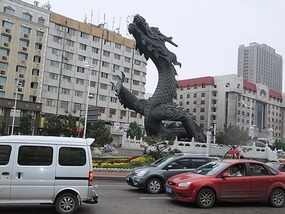
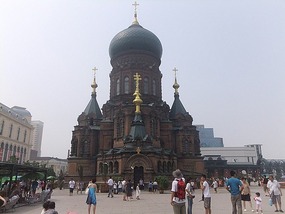
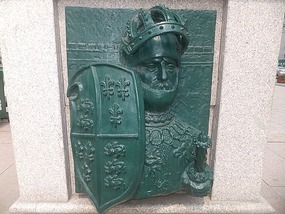
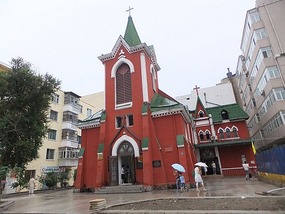

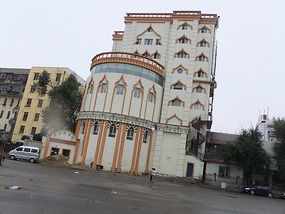
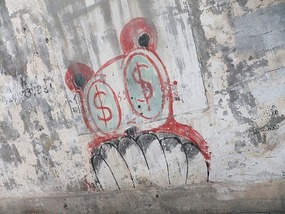

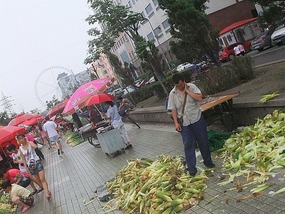


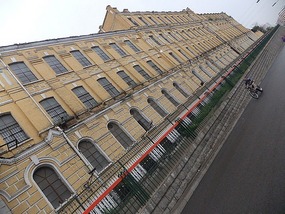
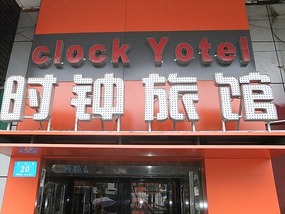
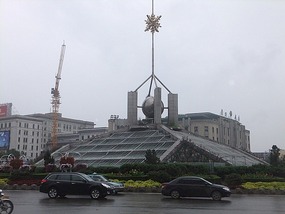
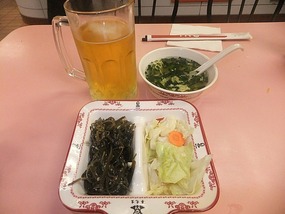
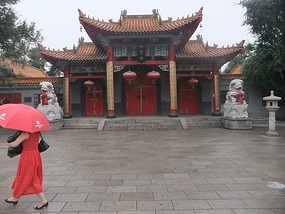
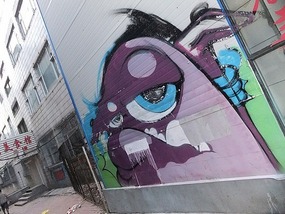
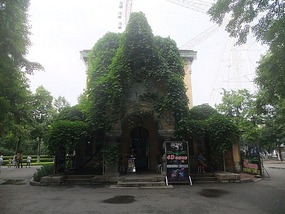
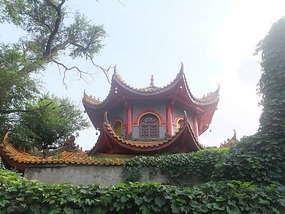
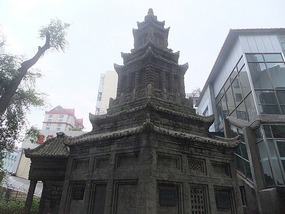
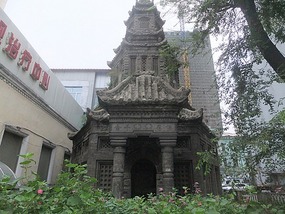
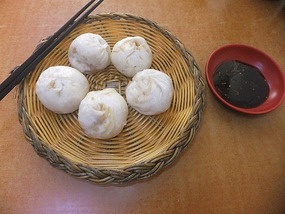
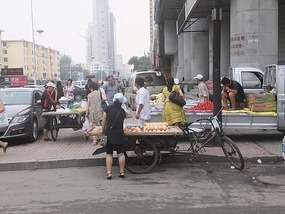
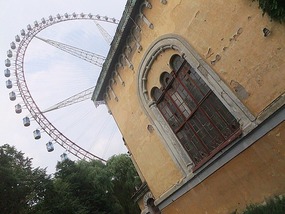
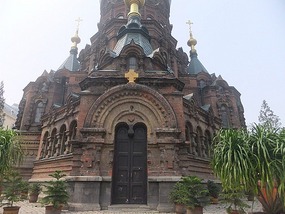
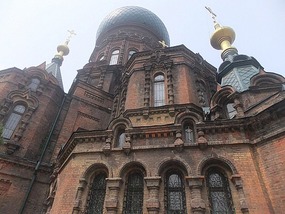
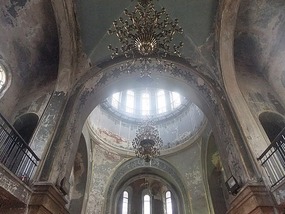
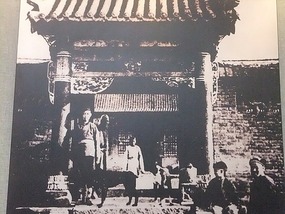
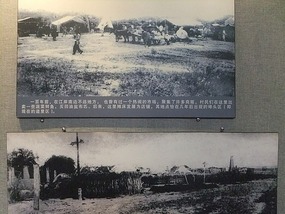
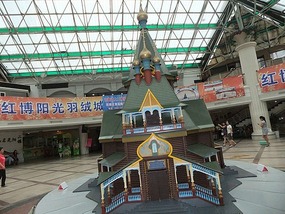
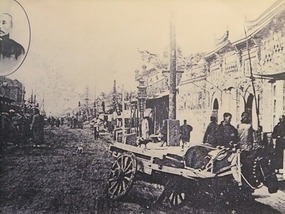
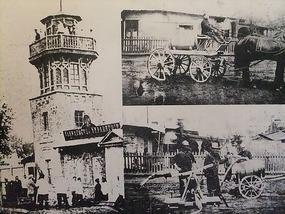
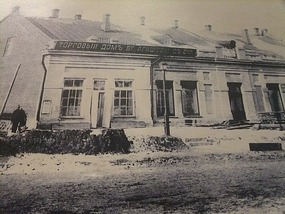


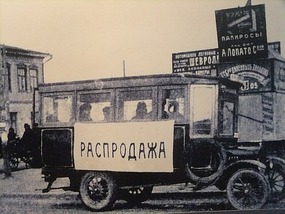
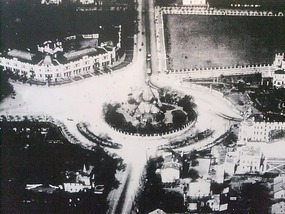
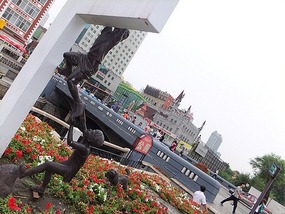
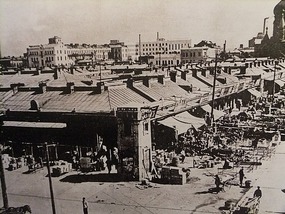
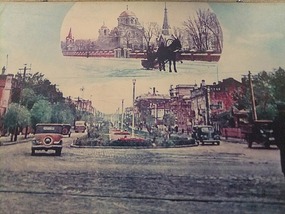
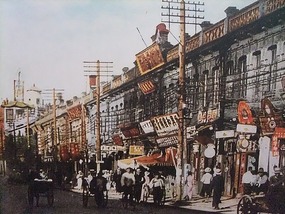

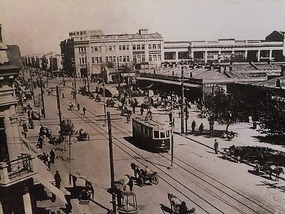
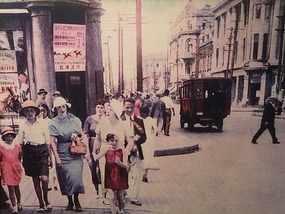
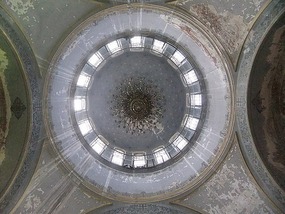
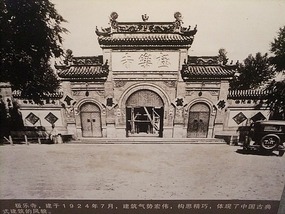
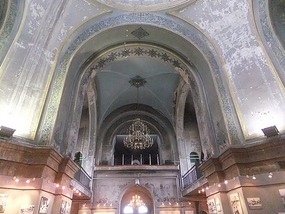
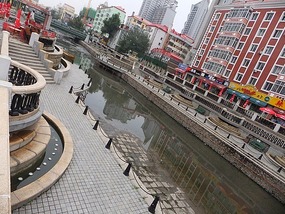
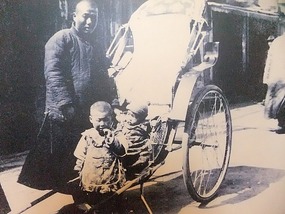

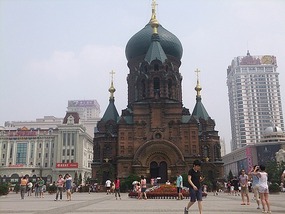
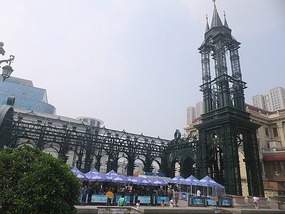
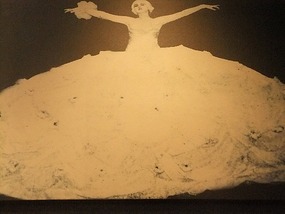
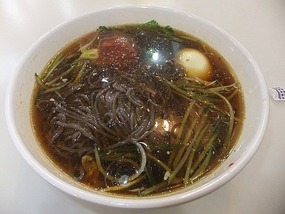
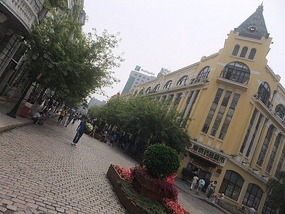
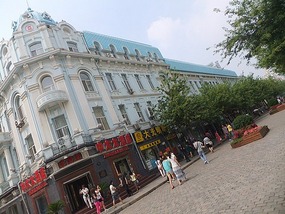
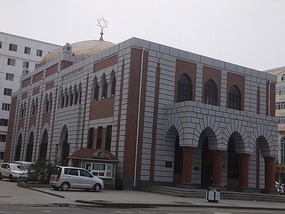
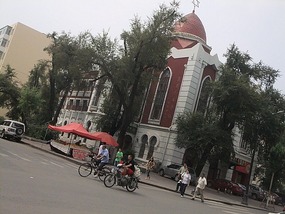
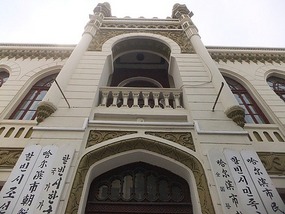
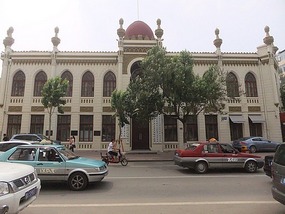
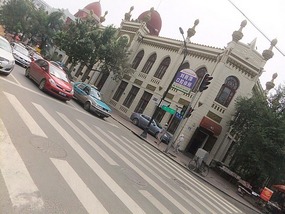
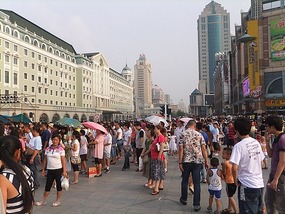

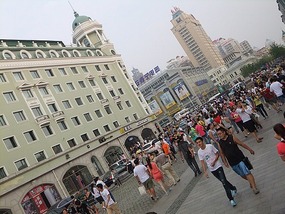
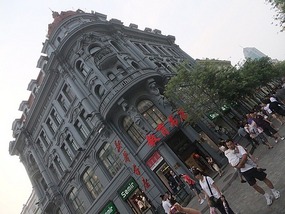
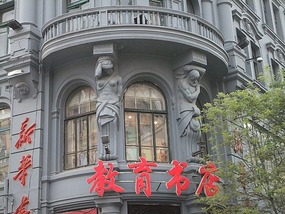

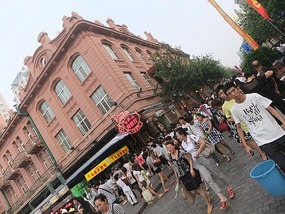
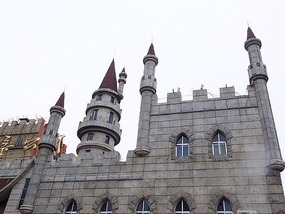
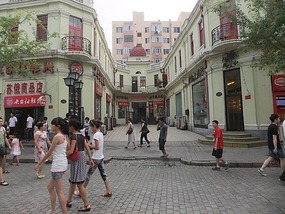
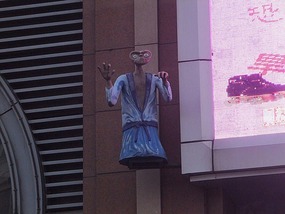
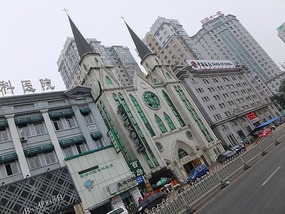
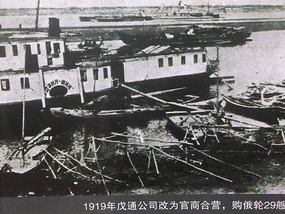
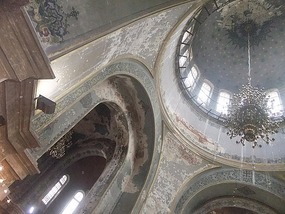
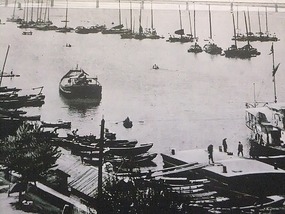
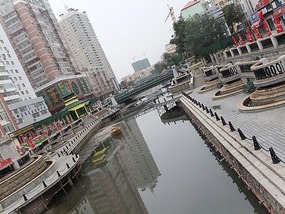
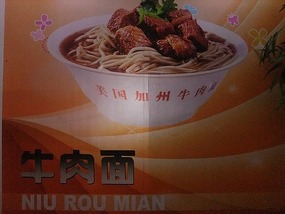
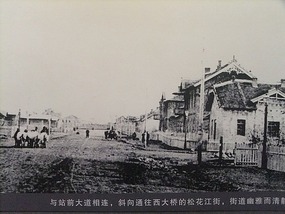
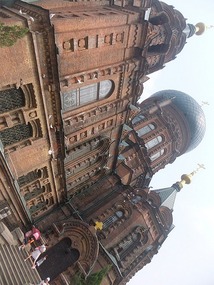
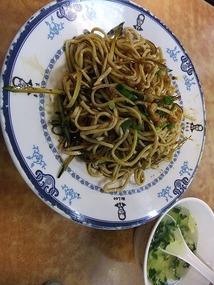

2025-05-22